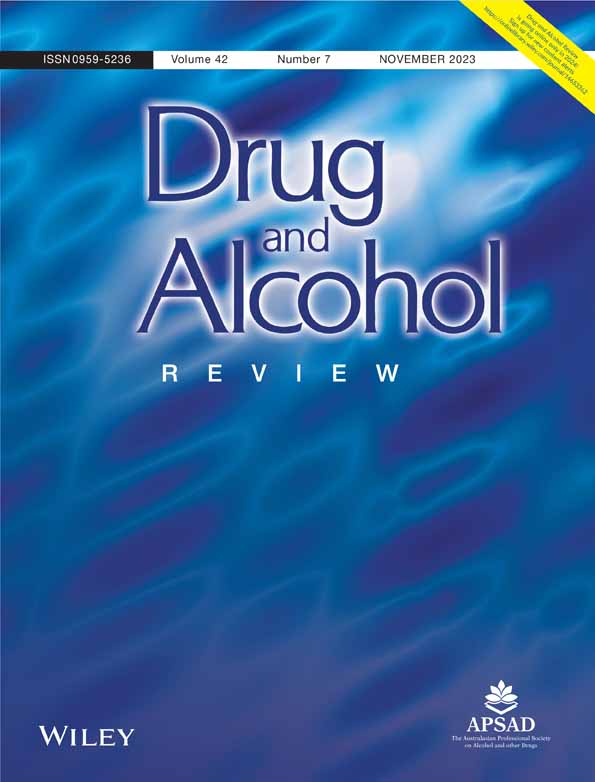Substance use trajectories among emerging adult Black men: Risk factors and consequences
Abstract
Introduction
Young, Black American men experience greater social, legal and economic consequences of substance use compared with White men for comparable levels of consumption. The development of tailored interventions requires prospective information on their substance use patterns, risk factors and consequences. We identified longitudinal substance use profiles and examined their links to childhood adversity, racial discrimination and young adult problem substance use and mental health.
Methods
Emerging adult Black men (n = 504, mean age = 20.26, SD = 1.08) provided fours waves of data between January 2012 and March 2021. We conducted a parallel process latent class growth analysis for three substances to explore conjoint longitudinal use patterns and investigated the risk factors and consequences of each pattern.
Results
Three trajectory classes emerged: non-using (n = 201, 39.9%), cannabis using (n = 202, 40.1%) and poly-substance using (n = 101, 20%) groups. Threat-based childhood adversity and racial discrimination were associated with higher odds of being members of cannabis or poly-substance groups than non-using group. Deprivation-based adversity was associated with higher odds for membership in poly-substance than non-using group. At Wave 4, elevated depressive symptoms were more prevalent among poly-substance compared with cannabis using group.
Discussion and Conclusions
Heterogeneous substance use patterns emerged among Black American men and each pattern has distinct risk factors and outcomes in young adulthood. For prevention, more attention is needed for cannabis use patterns and psychosocial adversities that are unique to Black population.
CONFLICT OF INTEREST STATEMENT
The authors declare no conflicts of interest.




